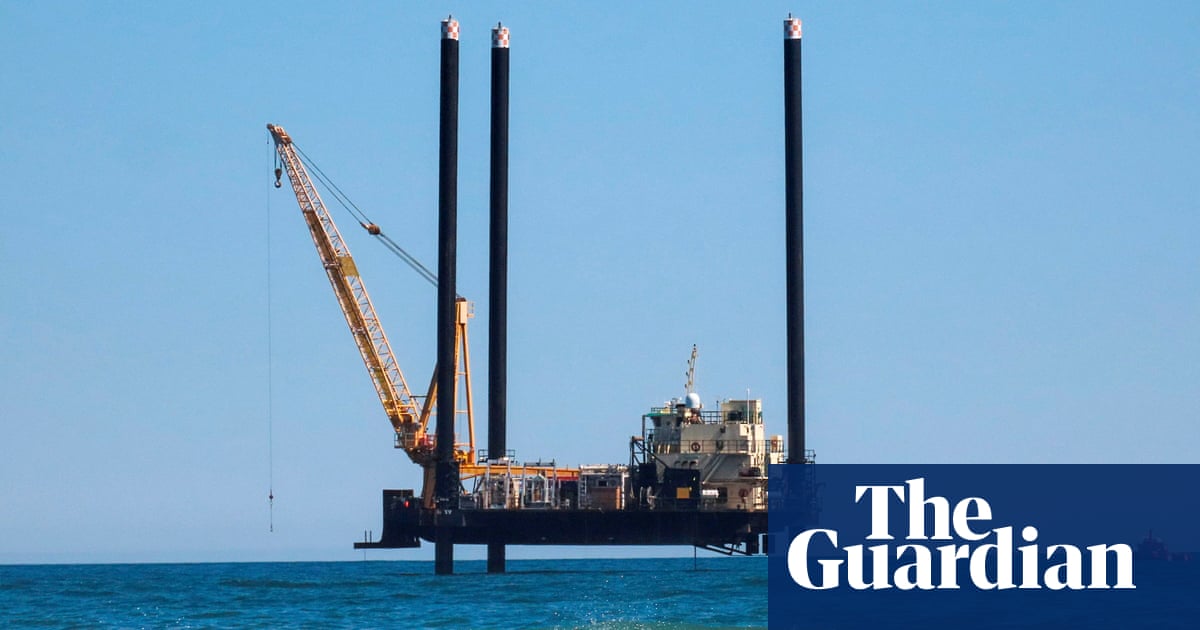A strong solar storm headed toward Earth could make the northern lights visible across the northern United States this week, space weather forecasters say.
The National Oceanic and Atmospheric Administration’s Space Weather Prediction Center issued a geomagnetic storm watch following recent explosions on the sun, which triggered multiple “coronal mass ejections” that left the sun on Sunday and were expected to reach the Earth beginning Wednesday.
A coronal mass ejection, or CME, is an eruption of solar material and magnetic fields, according to NOAA. When they arrive at Earth, it can result in a geomagnetic storm, producing colorful auroras, also known as northern lights.
How strong is this solar storm?
Their strength depends on how Earth’s magnetic field interacts with the solar bursts. The watch issued for Wednesday was a 3 out of 5 on the geomagnetic storm severity scale.
G3 storm conditions may cause minor disruptions to satellite, radio and GPS communications, NOAA said.
But more importantly for skygazers, they may make auroras visible as far south as northern Iowa and Oregon.
Where will the northern lights be visible?
According to NOAA’s Aurora Viewline Forecast, northern lights may be visible in more than a dozen states on Wednesday, including Alaska, Washington, Oregon, Montana, North Dakota, South Dakota, Minnesota, Michigan, Wisconsin, Vermont, New Hampshire and Maine.
They may also be visible in parts of Idaho, Wyoming, Nebraska, Iowa and New York.
NOAA Space Weather Prediction Center
Exactly when they’ll be visible is also dependent on the level of geomagnetic activity, but the best time for viewing them is usually within an hour of midnight, NOAA says.
And if you aren’t able to see the northern lights this week, you’ll have plenty more opportunities this year.
That’s because the sun is at the peak of an 11-year magnetic activity cycle, or its "solar maximum" period, making auroras more common and widespread.
“This is going to kind of continue off and on throughout the year,” NOAA space weather forecaster Shawn Dahl told the Associated Press.

 German (DE)
German (DE)  English (US)
English (US)  Spanish (ES)
Spanish (ES)  French (FR)
French (FR)  Hindi (IN)
Hindi (IN)  Italian (IT)
Italian (IT)  Russian (RU)
Russian (RU)  2 days ago
2 days ago
























Comments